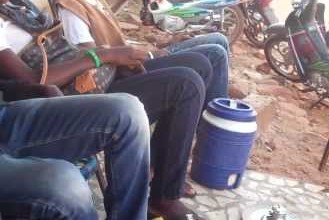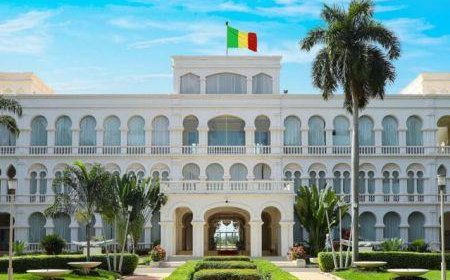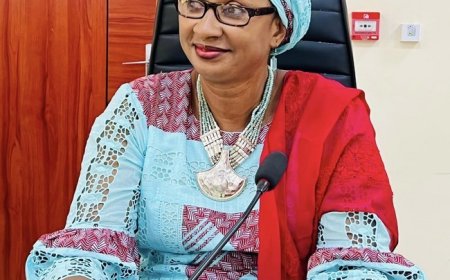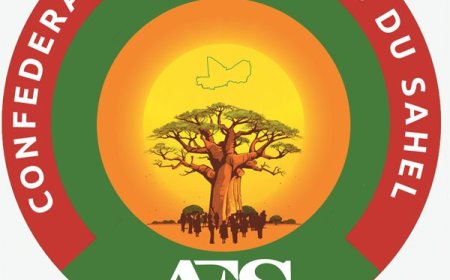Le comité d’Initiative Régional pour l’Afrique de l’Ouest (CIR-AO) du Mouvement Fédéraliste Panafricain (PFPA), a organisé les 25 et 26 mai 2018, au Mémorial Modibo Kéita, sa conférence régionale. Préparée par le Comité National Préparatoire (CNP) du Mouvement au Mali, elle a été placée sous le thème : « Etats Africains unis dans moins d’une génération quelles actions de la jeunesse malienne. » Présidée par le ministre des Maliens de l’extérieur et de l’intégration africaine, Dr Abdramane Sylla, elle avait comme parrain le Pr Adama Samassékou. Ils avaient à leurs côtés, le président du CIR-AO, le Ghanéen Bernard Mornah, le président du comité du MFPA, Mahamoud Wadidié. Pour ce dernier, l’objectif du comité du Mali est de répondre à l’appel relatif à la tenue du premier congrès fédéraliste panafricain dans des délais non prohibitifs de 2 à 3 ans. Un congrès dont le but principal est d’accélérer le processus de naissance des Etats Unis d’Afrique (EUA) par l’organisation d’un référendum invitant les citoyens à voter pour ou contre l’adhésion à la fédération de leur Etat.
Les participants sont venus, pour la circonstance, des différents pays de l’Afrique de l’Ouest pour y prendre part à la rencontre. A l’occasion, le CNP Mali a fait plusieurs communications à l’intention des participants majoritairement des jeunes. Communications pouvant avoir un programme d’action, de guide pour un futur immédiat. «Les africains ont deux défis à relever quand on veut aller à l’unité africaine. Il suffit à nos Etats d’inscrire dans nos visions panafricanistes dans les toutes les actions politiques qu’ils posent. Sur le cas de la société civile, un grand travail à faire pour que nous puissions avoir nos indépendances à tous les niveaux pour réaliser le panafricanisme», a préconisé Fabou Kanté, du mouvement Tabalé. Ismael d’Urgences panafricaniste d’ajouter, «le panafricanisme est une guerre pour nous. Nous devons nous unir pour cesser de tendre la main, d’attendre des autres. Il faut qu’on travail pour faire face à nos difficultés ensemble. C’est notre génération doit aller dans ce sens pour parachever le projet entamer des nos pères des indépendances ». Satigui Souleymane Sidibé, président du Conseil national des Jeunes du Mali et secrétaire général de l’union panafricaine de la jeunesse d’appuyer qu’on ne peut ne jamais être un panafricaniste si on n’est pas un bon patriote, si on n’est pas un révolutionnaire. L’union africaine, dit-il, a beaucoup avancé dans le projet, mais l’application pose de sérieux problèmes. Le rôle de la jeunesse, conseille Souleymane Satigui Sidibé, est de suivre les résolutions prises au sein de l’UA qui ne sont pas suivies d’effets, mettre la pression sur nos Etats pour application. Du point de vue de Mamadou Danfaga de l’association pour une jeunesse africaine, «le Mali est confronté à des problèmes car la jeunesse malienne est attentiste. Par faute d’orientation ? Qu’est ce qu’il faut décider. On doit penser à nos précurseurs qui se sont battus pour cette unité de l’Afrique en se mobilisant. Parvenir aux USA d’Afrique est entre les mains de la jeunesse africaine ». Pour arriver à cet objectif de l’unité africaine que souhaite ardemment les populations, Yacouba Diarra de l’AJPD d’ajouter qu’il faut une bonne gouvernance pour parvenir à unir l’Afrique.
Rappelons que le Comité d’Initiative Internationale Provisoire (CIIP) est l’instance suprême du MFPA, il est l’auteur de l’appel pour le premier congrès fédéraliste panafricain. Le CIIP est divisé dans le monde en douze régions : l’Afriques de l’Ouest, du Nord, Centrale, de l’Est, Australe, l’Europe, l’Amérique du Nord, des Caraibes, l’Amérique Latine, le proche Orient, le Moyen Orient, l’Extrême orient. Chacune de ces zones abritent un comité. A ce jour, il y a huit comités régionaux mis sur pieds. Les comités nationaux sont aujourd’hui au total de 47, chargé de mettre en place les comités locaux et universitaires.
Hadama B. Fofana
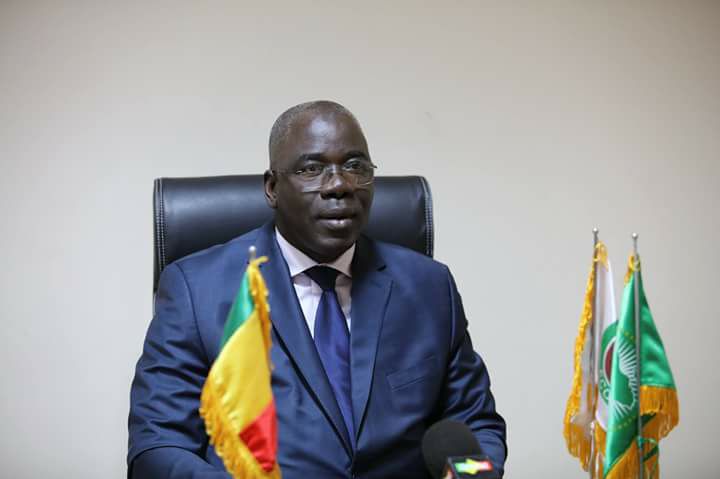
 Like
0
Like
0
 Je kiff pas
0
Je kiff pas
0
 Je kiff
0
Je kiff
0
 Drôle
0
Drôle
0
 Hmmm
0
Hmmm
0
 Triste
0
Triste
0
 Ouah
0
Ouah
0




